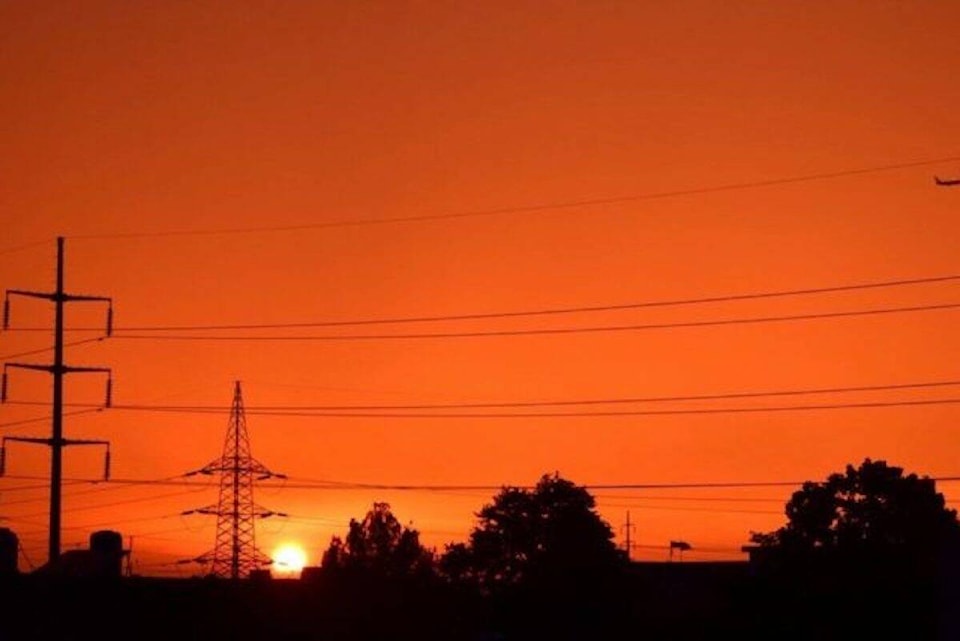Rural directors have deferred a decision on providing a letter of concurrence for a proposed telecommunication tower in Area B of the Comox Valley Regional District, pending further information and consultation with K’omoks First Nation.
Telus’ proposal to construct a 43-metre tower at 1388 Ellenor Rd. in the Little River area is not sitting well with some residents.
“There’s been a huge community opposition,” Hilary Jones, a member of the Vancouver Island Safe Tech Alliance (VISTA), said in a presentation at the March 6 Electoral Area Services Committee meeting.
VISTA formed in November in response to proposed telecommunication towers on ALR (Agricultural Land Reserve) land. The group says the proposal does not comply with B.C.’s Agricultural Land Commission Act. It also claims that towers can adversely impact pollinators, livestock, wildlife, trees and people.
Innovation, Science, and Economic Development (ISED) Canada requires service providers such as Telus to obtain a letter of concurrence from a local government that indicates satisfaction with the consultation process, and that a tower is a permitted land use on the property.
Telus consultant Brian Gregg said there was more support than opposition at the public consultation, but VISTA says the process was unfair because it did not provide an opportunity to say no.
“There’s no long-term proof that 5G (fifth generation mobile network) is safe,” Jones said.
In another presentation, retired biologist Marg Friesen spoke about a lack of adequate protection for human health and the environment from exposures to cell tower antenna emissions. Regarding 5G exposures, she said a Health Canada review found there were no studies assessed for cancer or any other adverse health outcome.
“The longest term study was 30 minutes,” Friesen said. “Basically they have no science supporting the safety of 5G…The precautionary principle should be applied and a non-concurrence letter issued until truly protective guidelines are established and met.”
From polling all properties within a 500-metre radius of 1388 Ellenor, VISTA says 15 people oppose the tower, five support it and 11 are undecided. Sixteen people did not respond.
The group suggests to invest in alternative solutions such as wired broadband infrastructure or Fibre to the Premises (FTTP).
“In our view, it’s unfortunate that none of our supporters appeared as delegates,” Gregg said, noting a lack of reliable cell/internet service in the Little River area. “There is indeed a problem.”
READ: Comox Valley Regional District directors consider telecommunication antenna policy
reporter@comoxvalleyrecord.com
Like us on Facebook and follow us on Twitter
